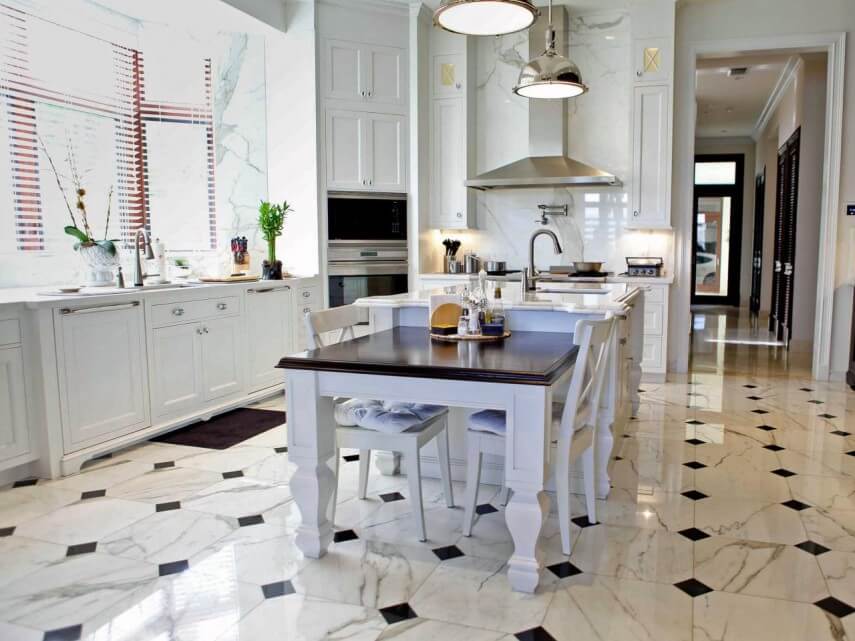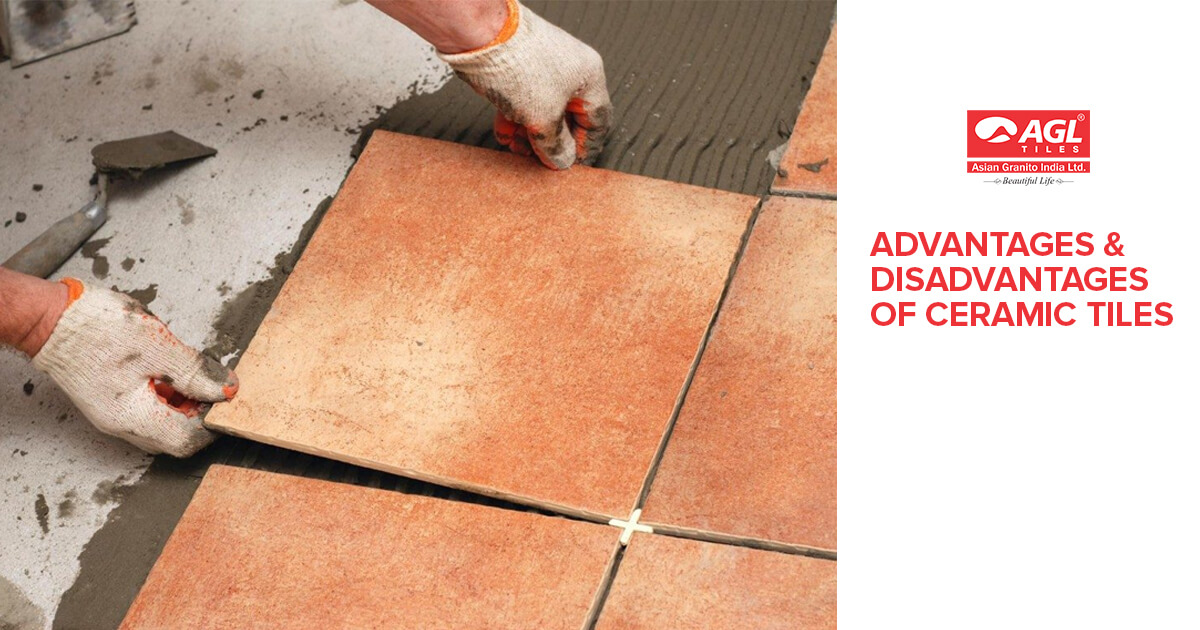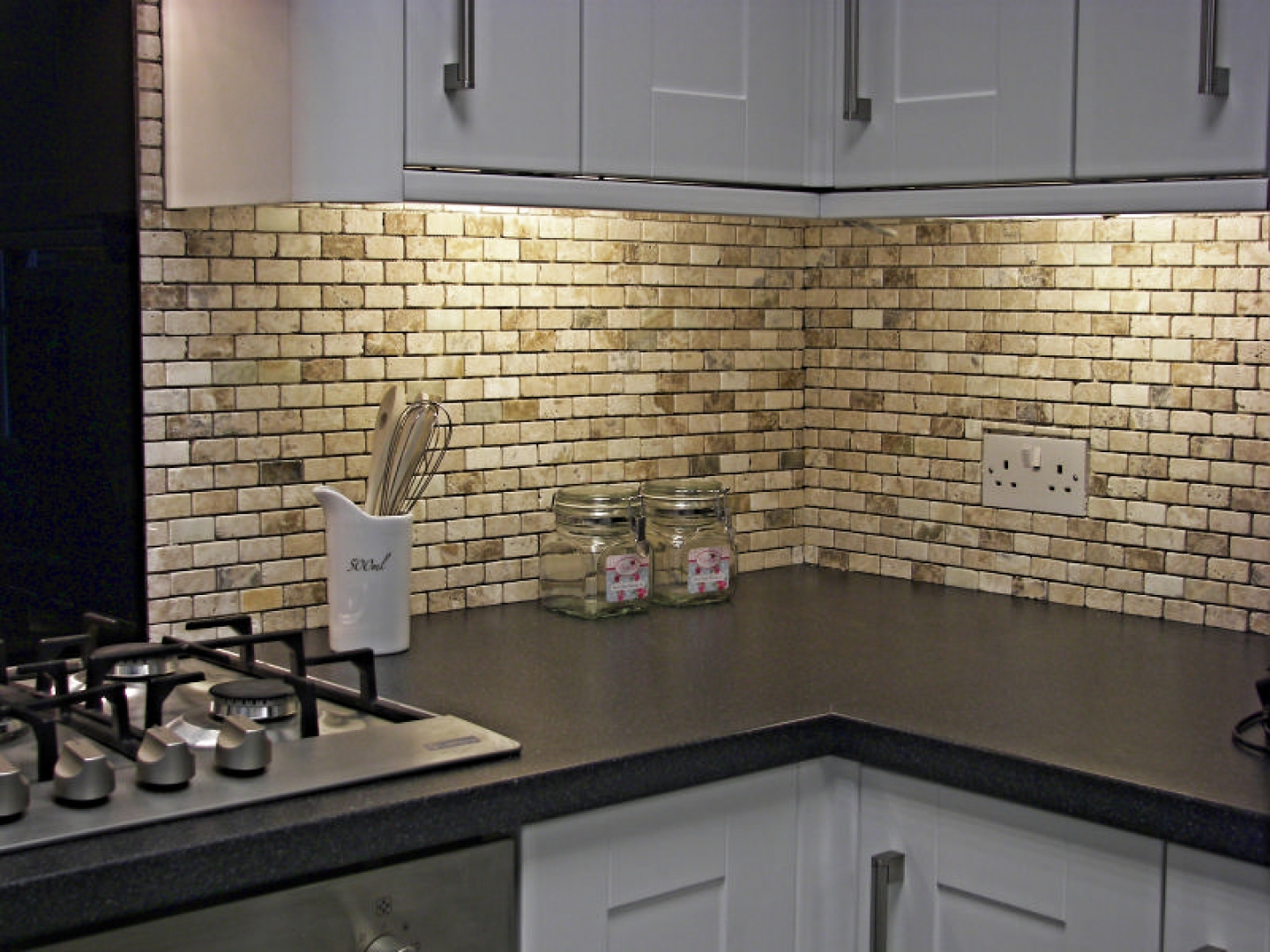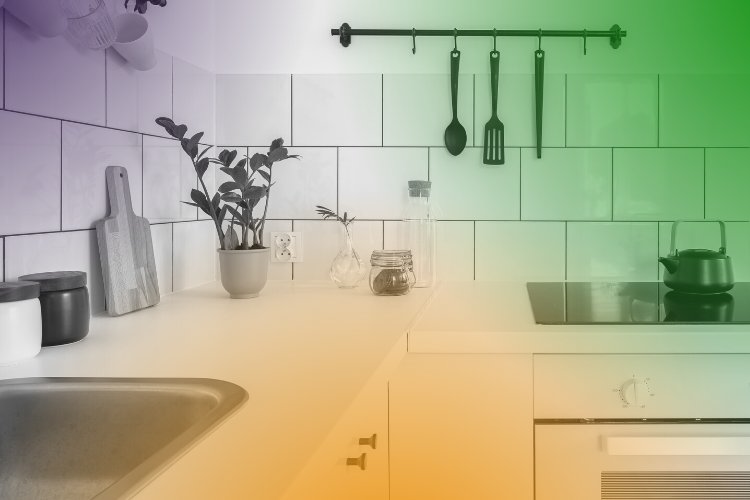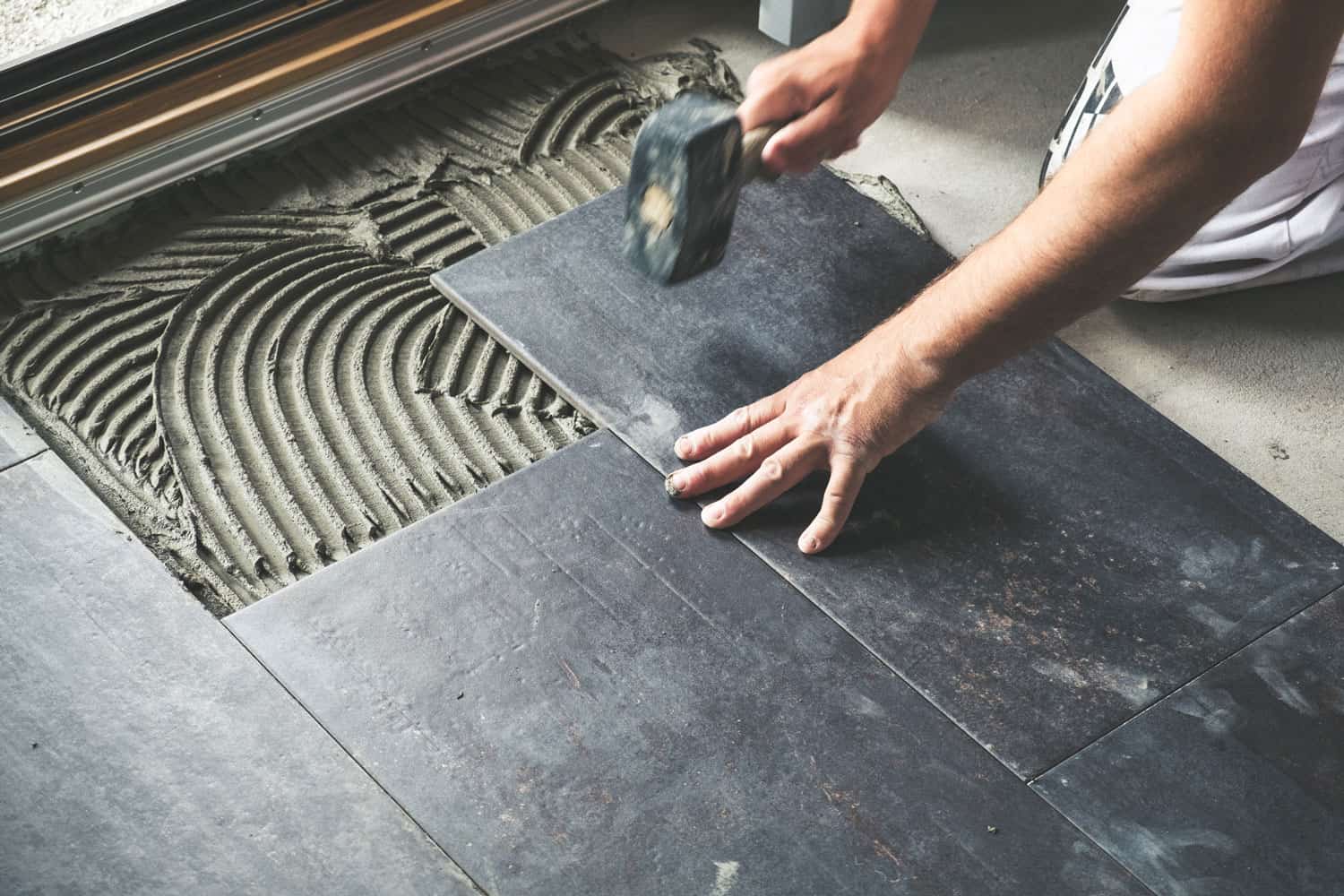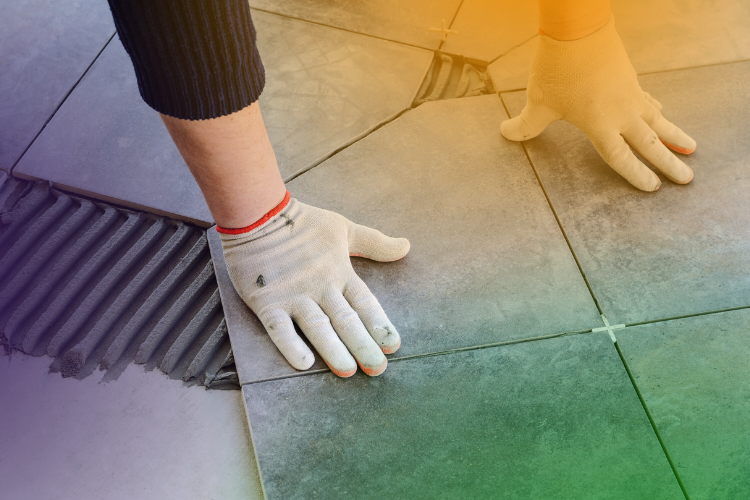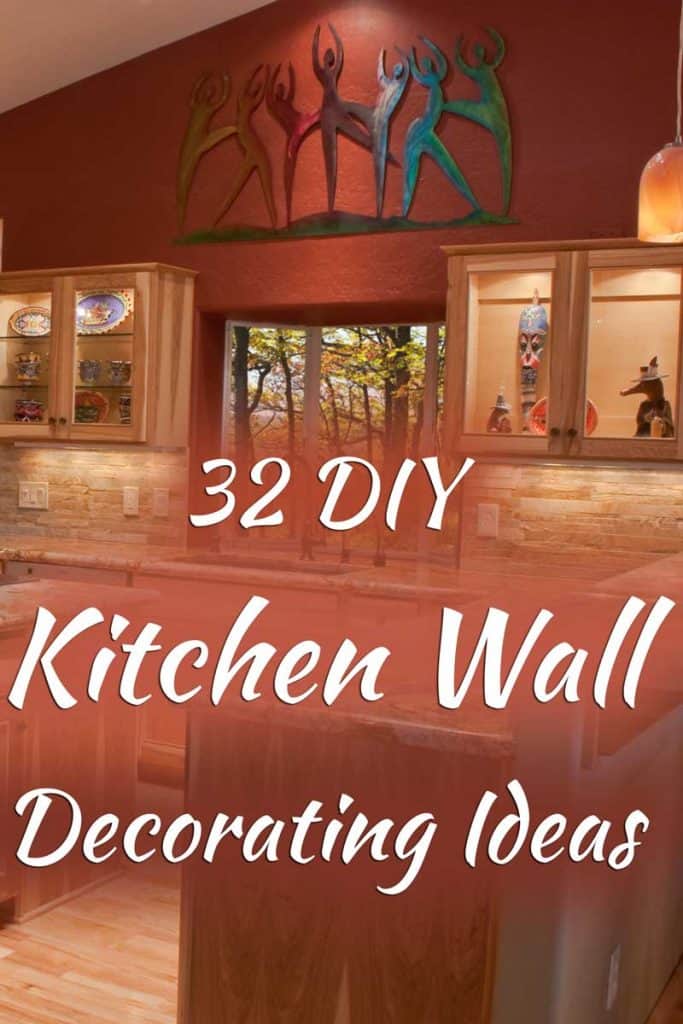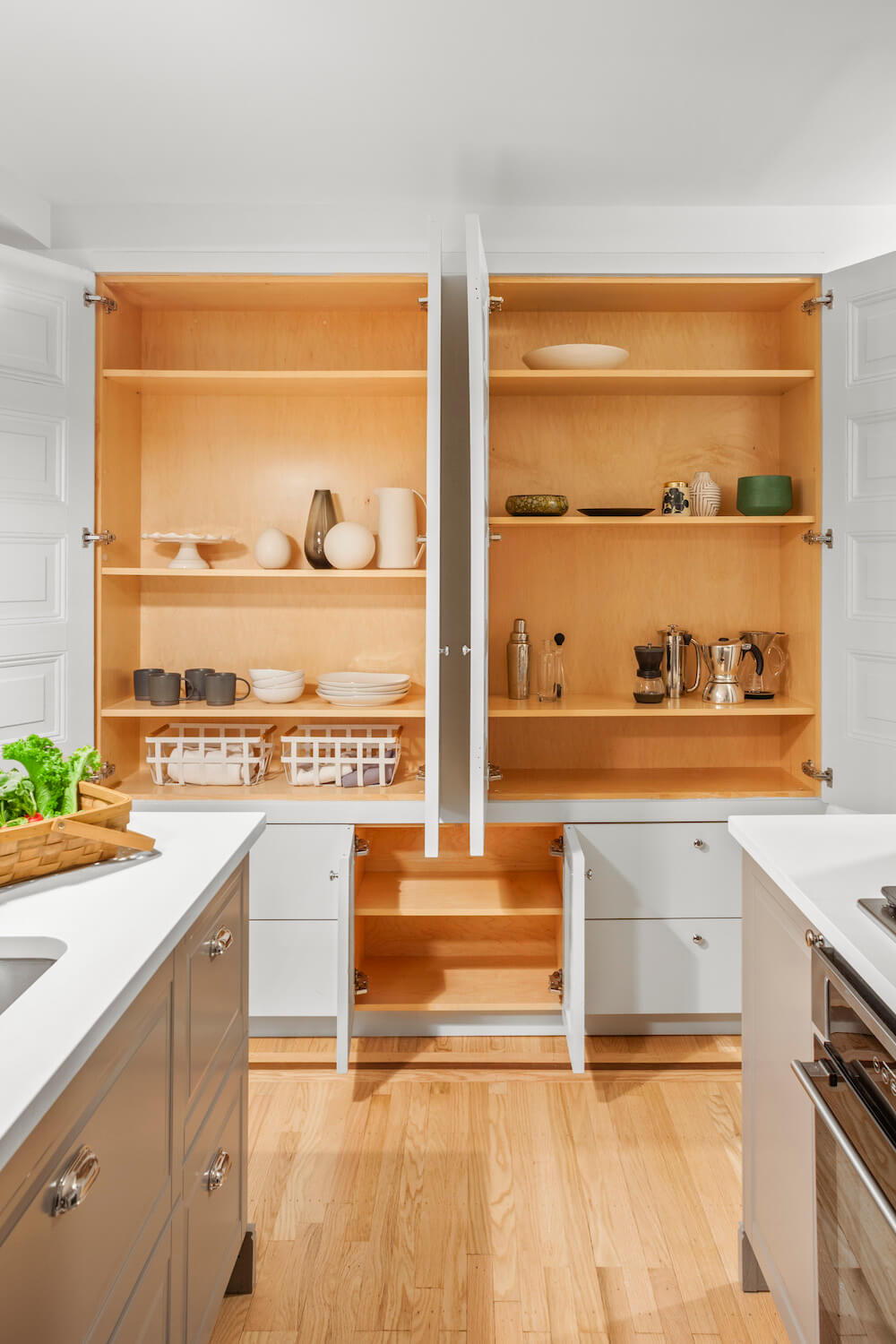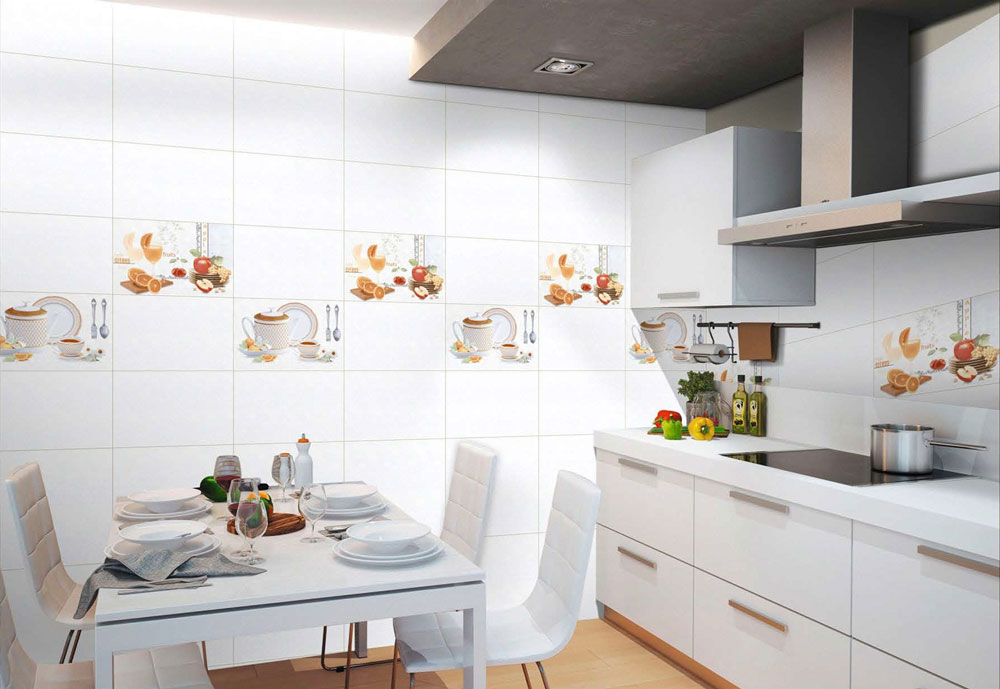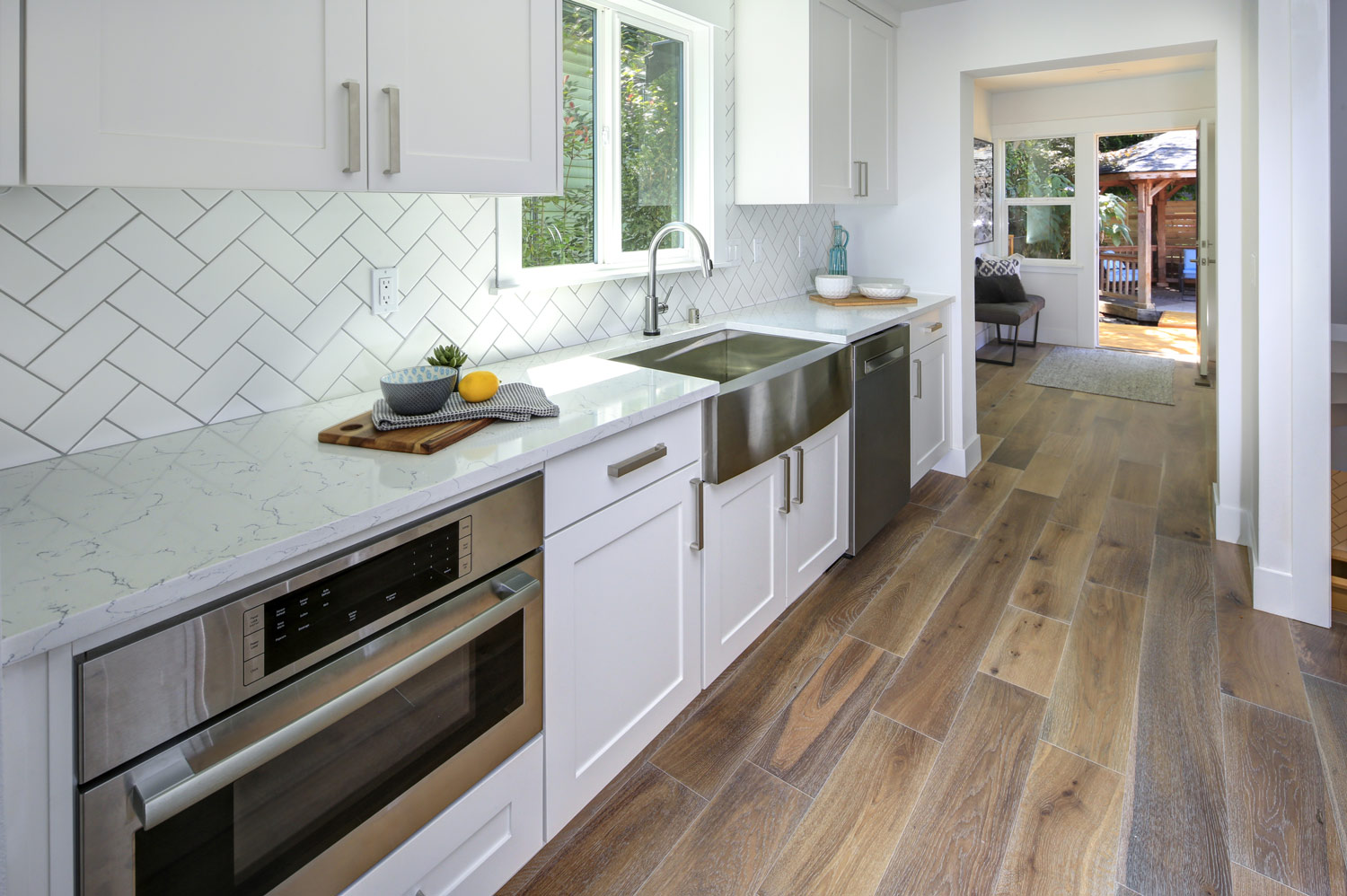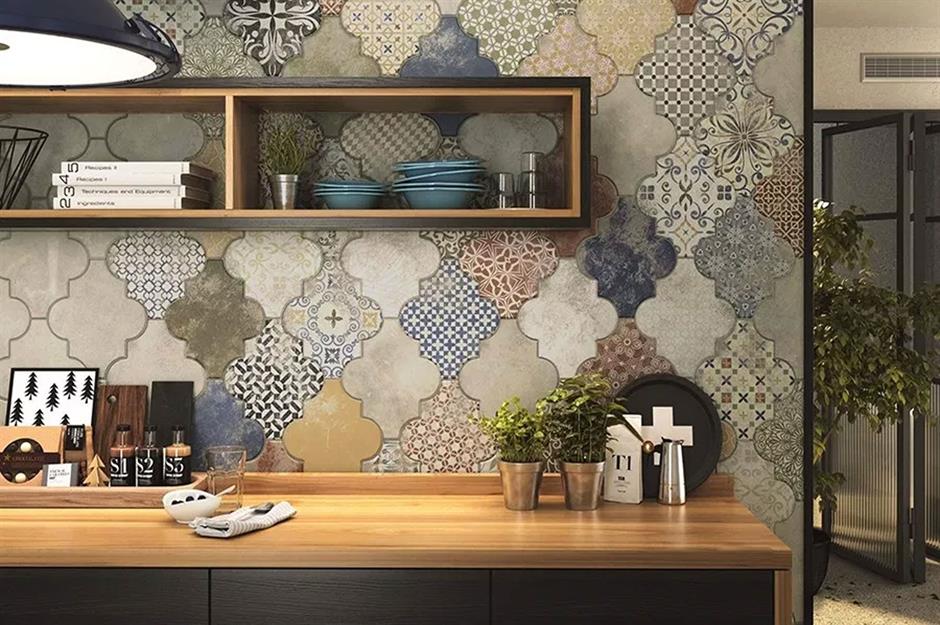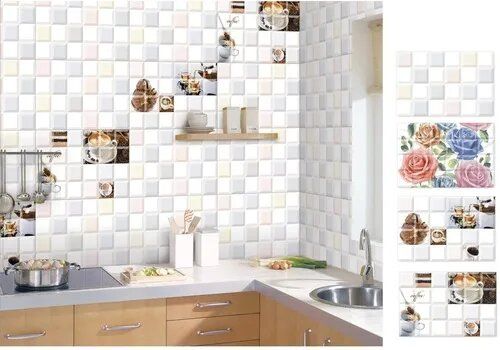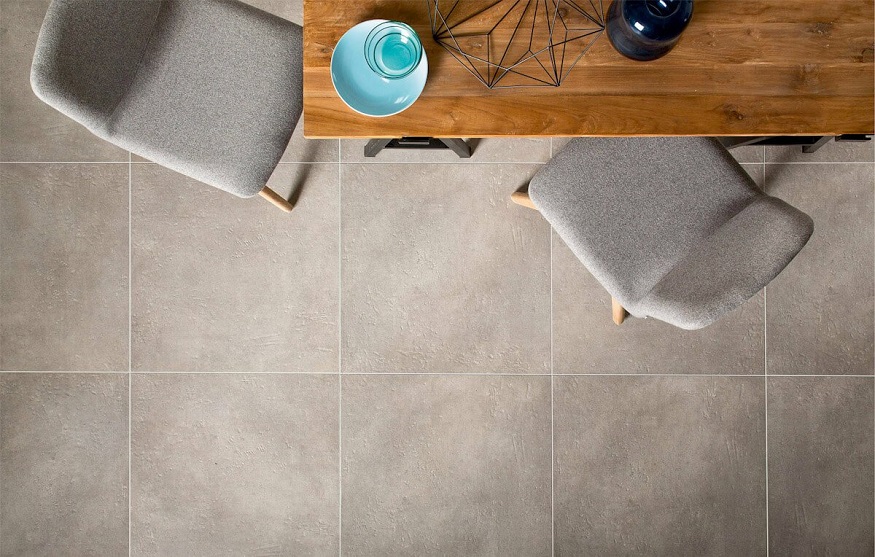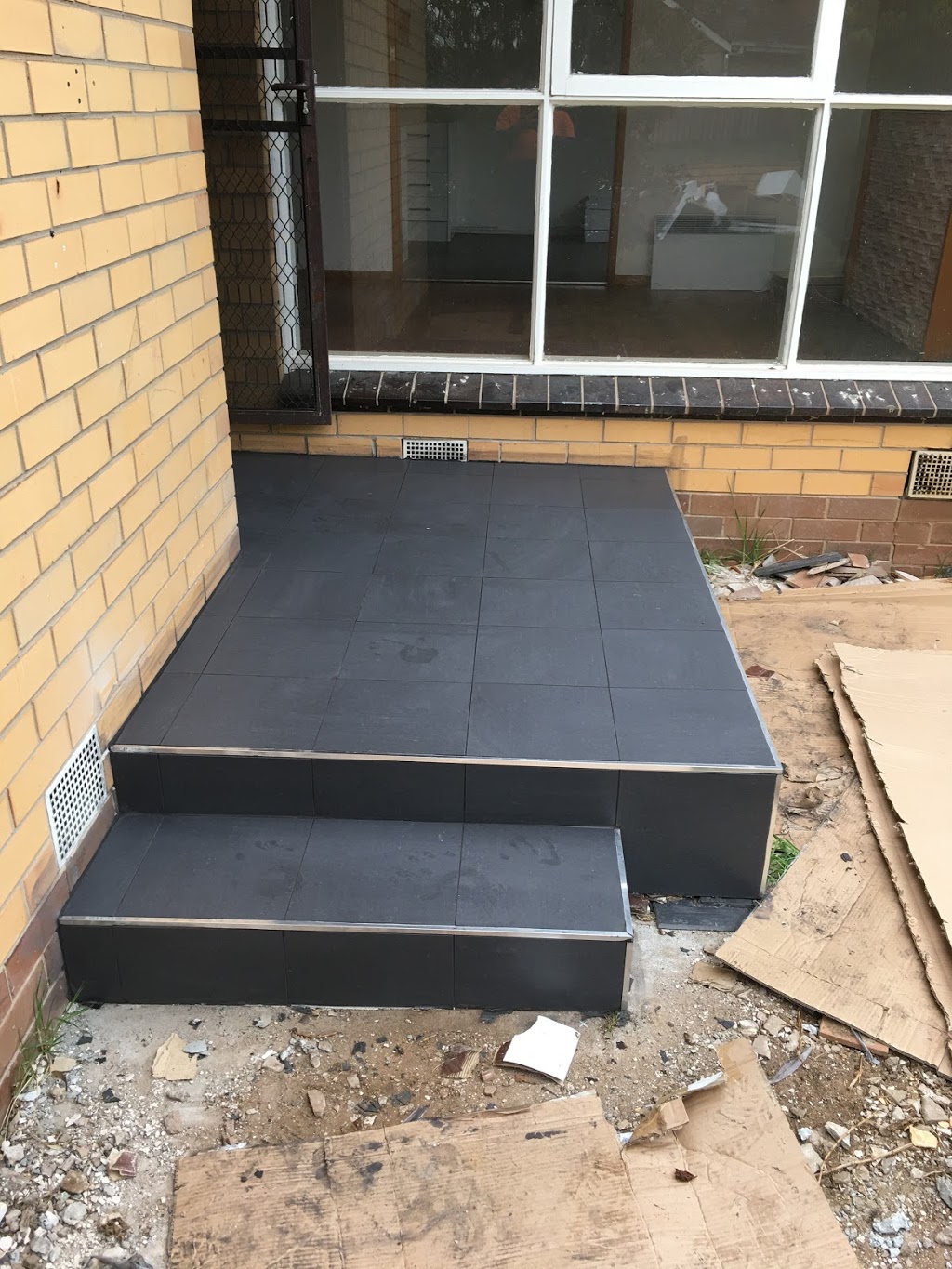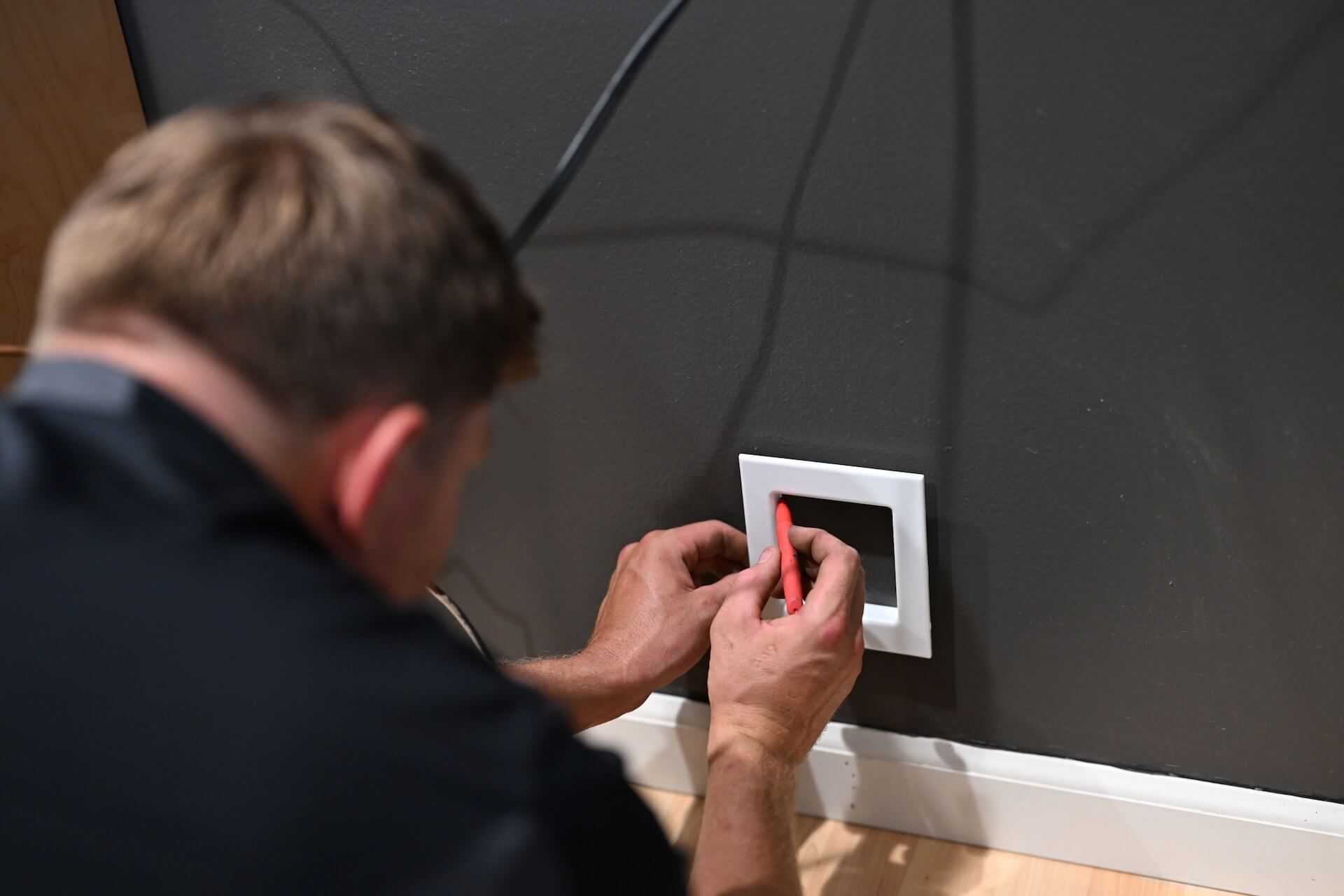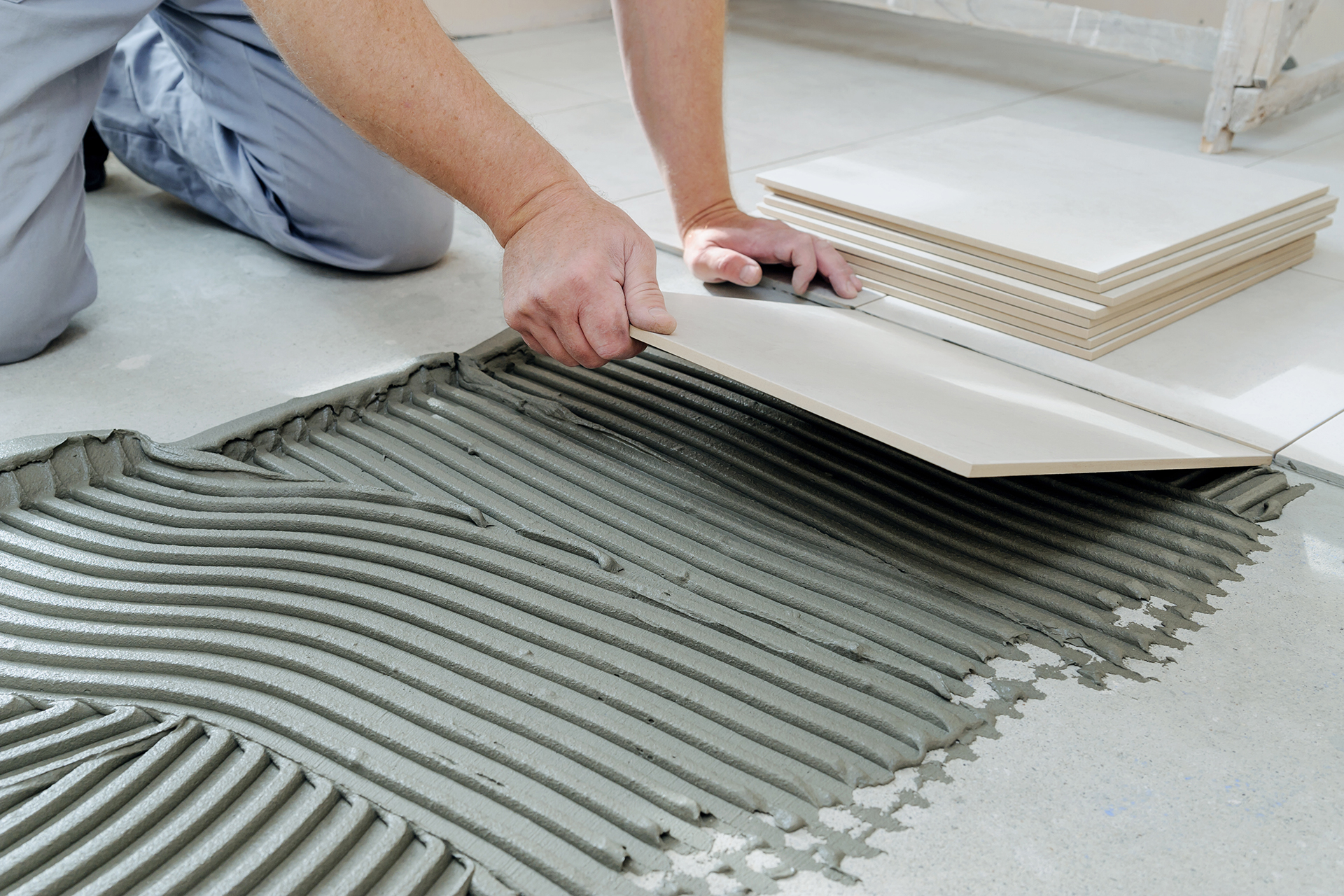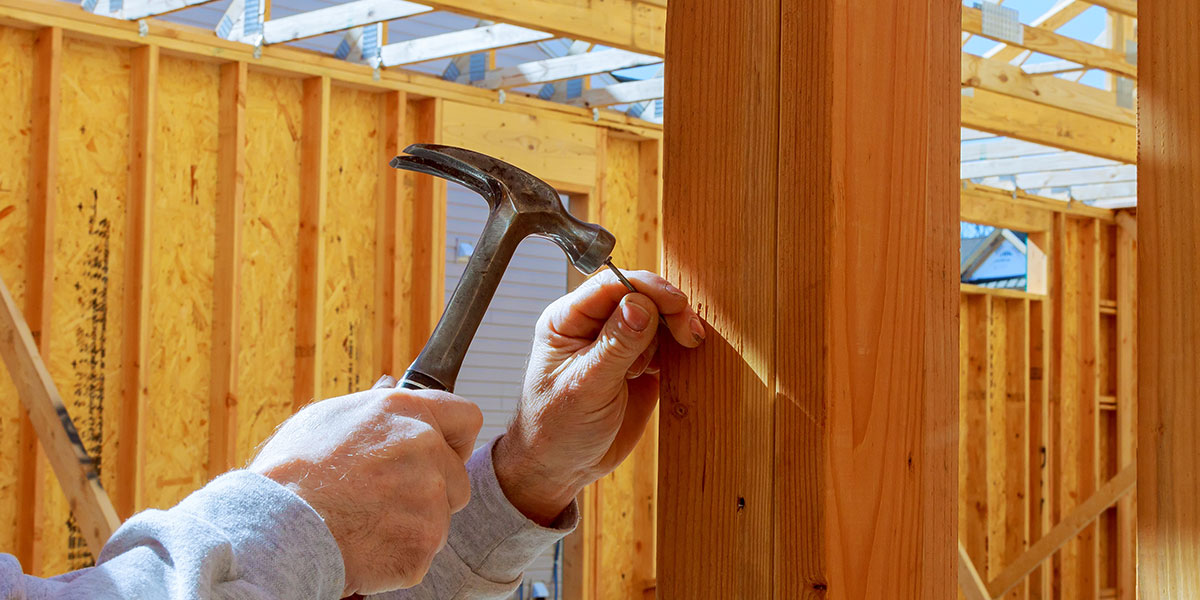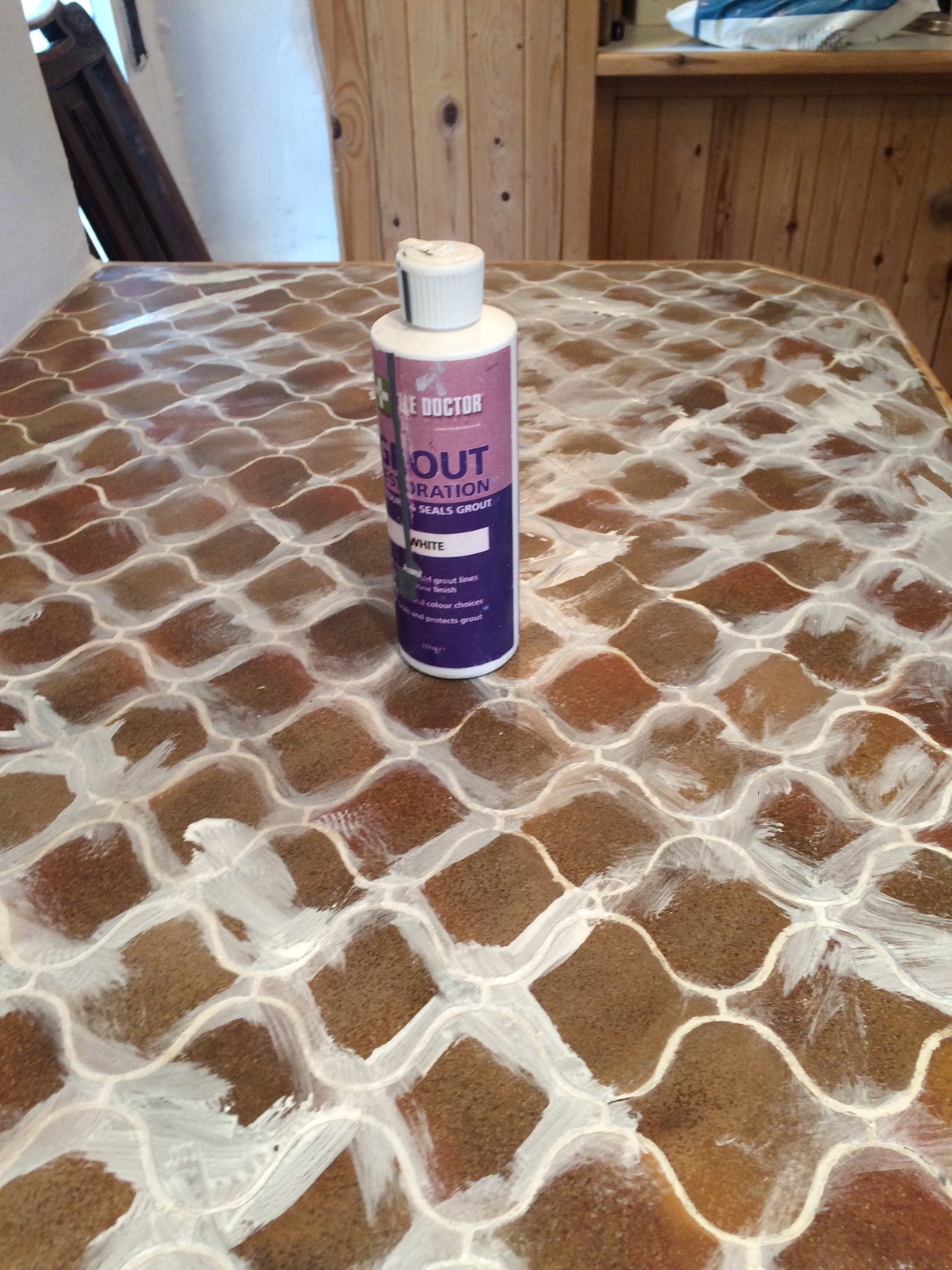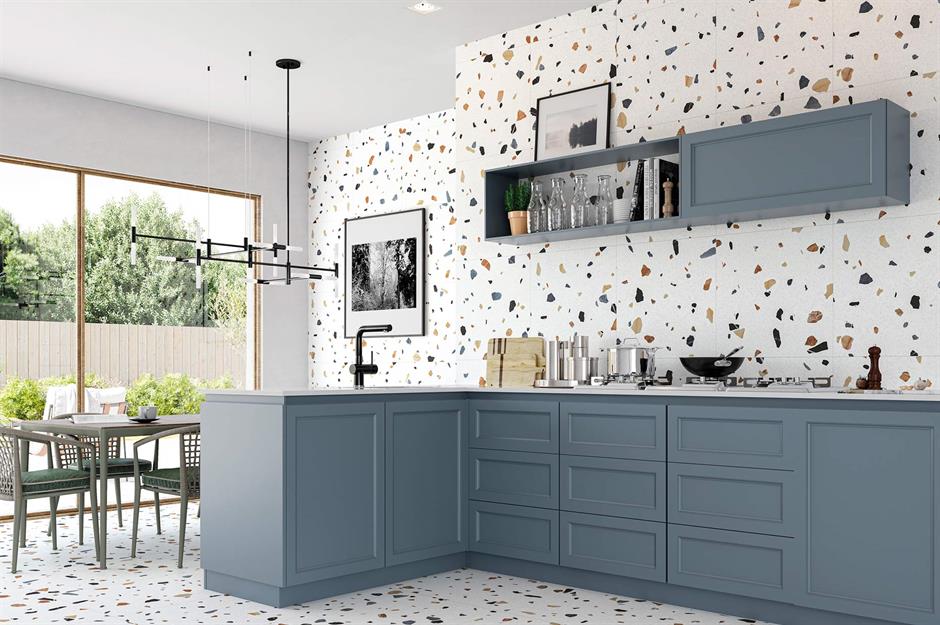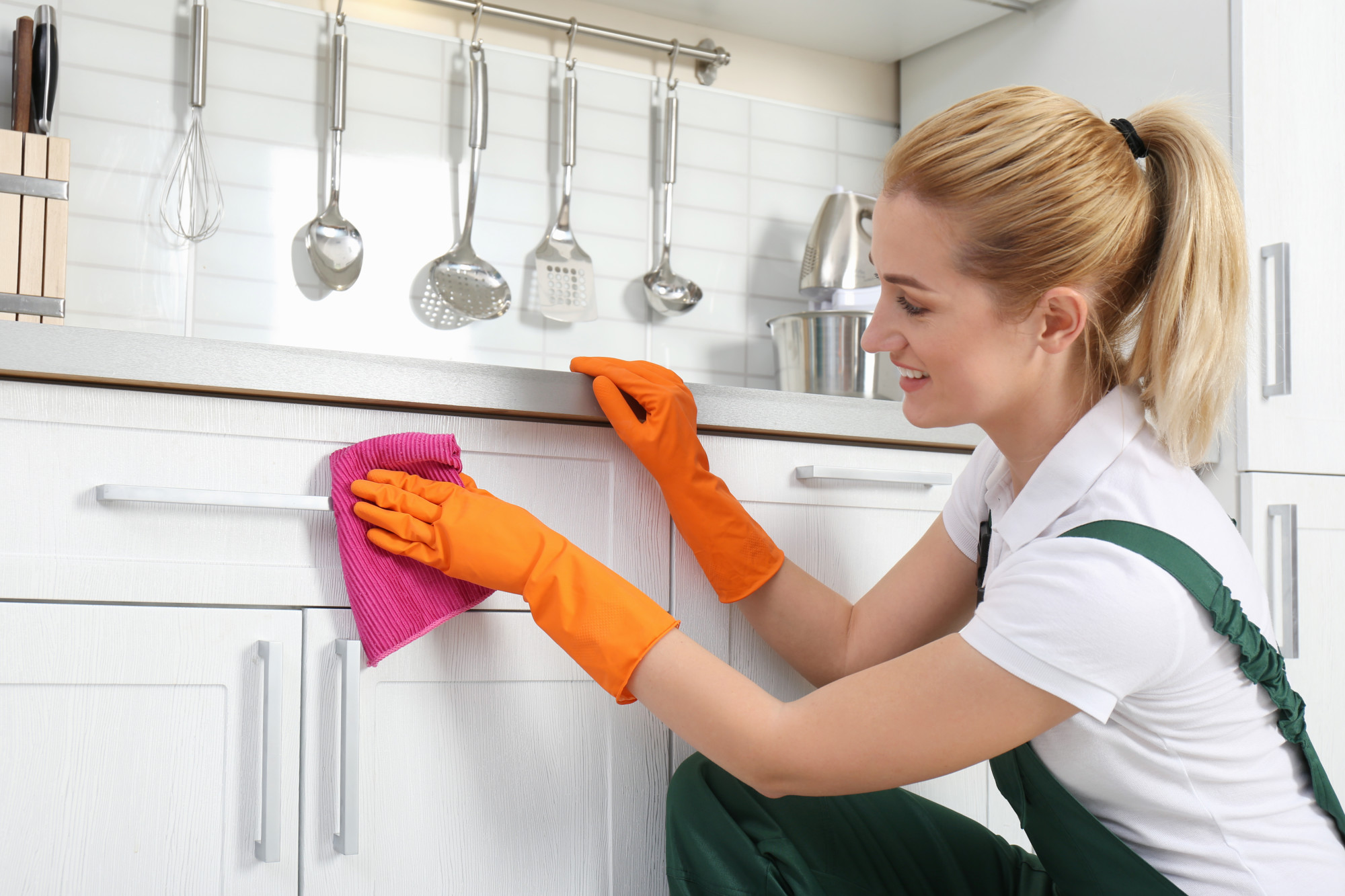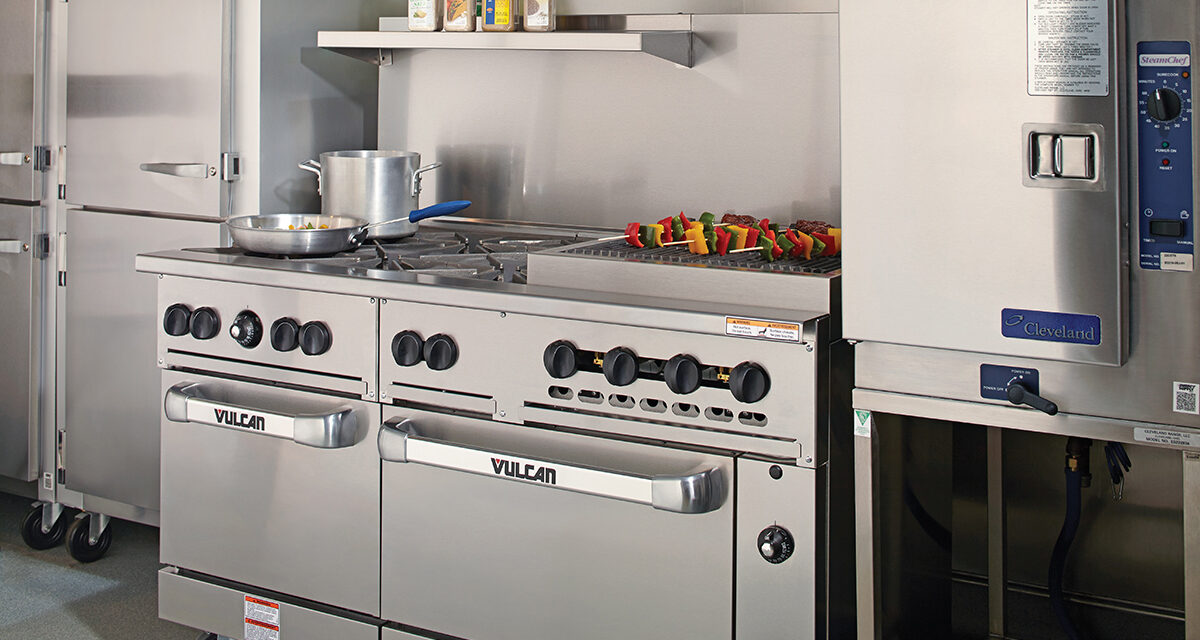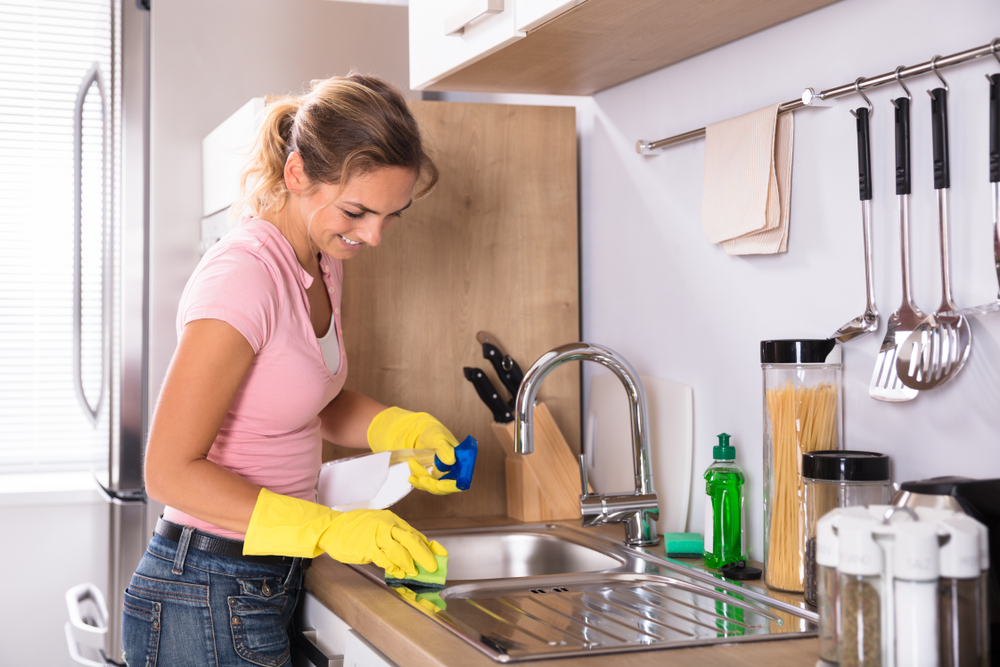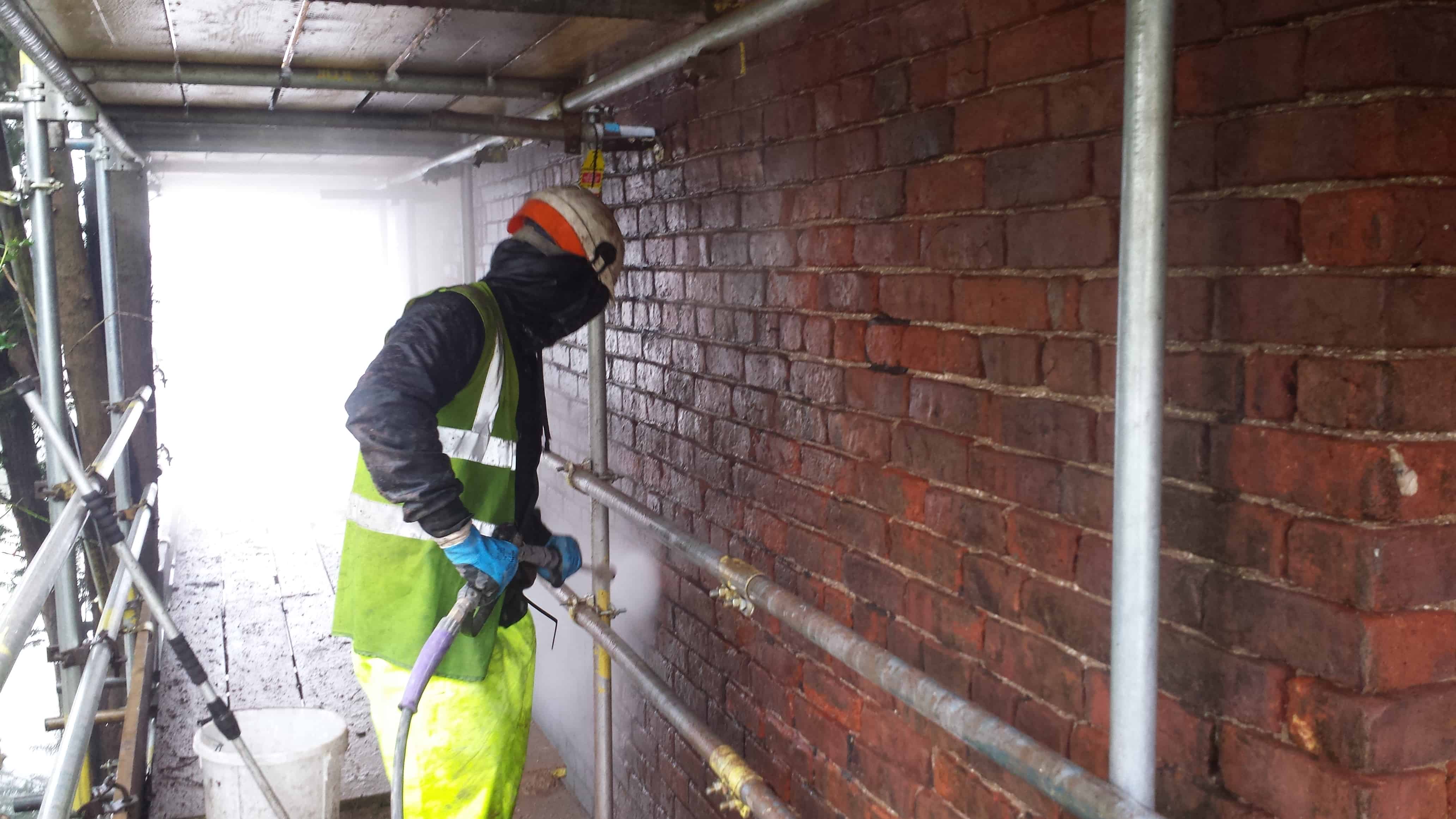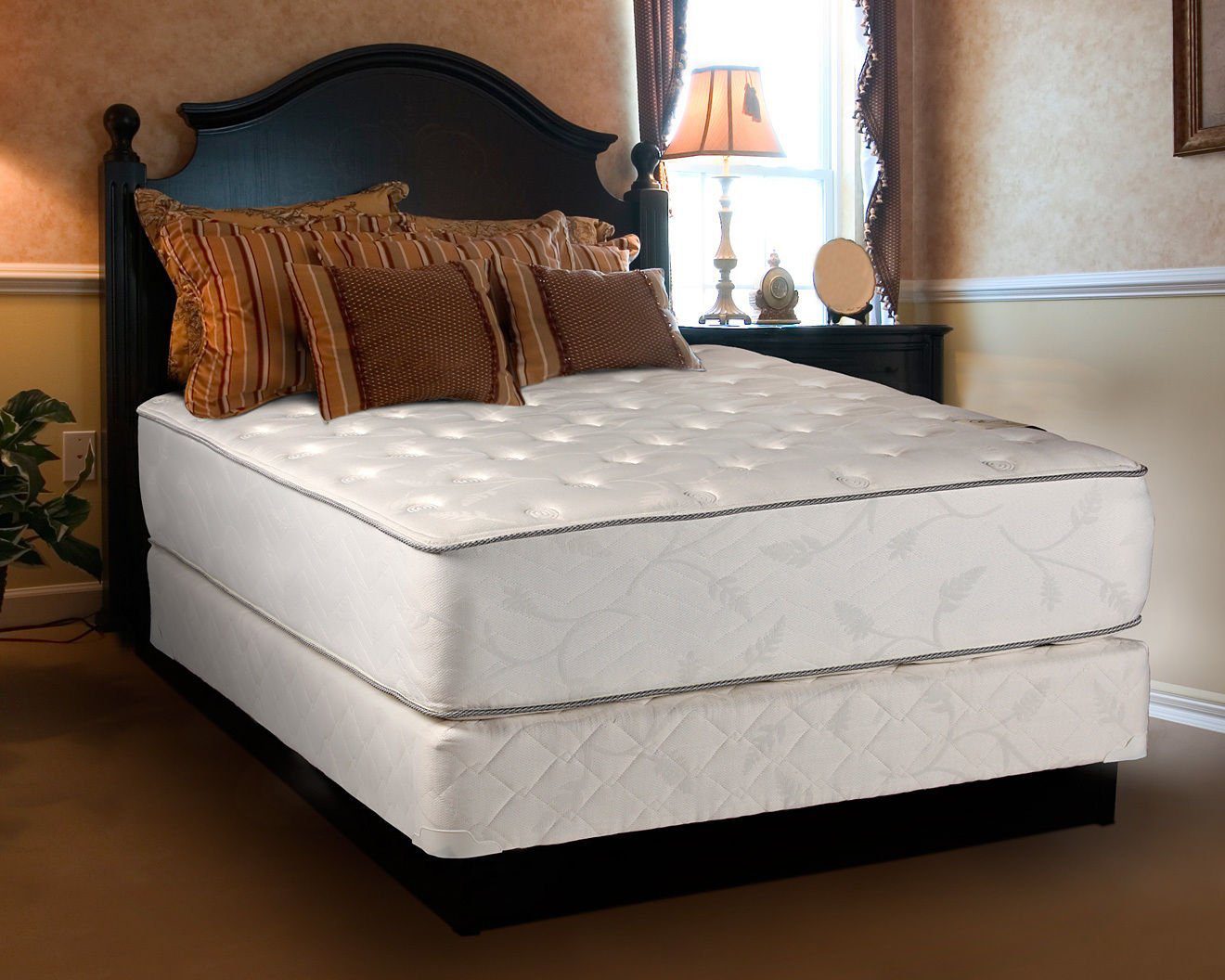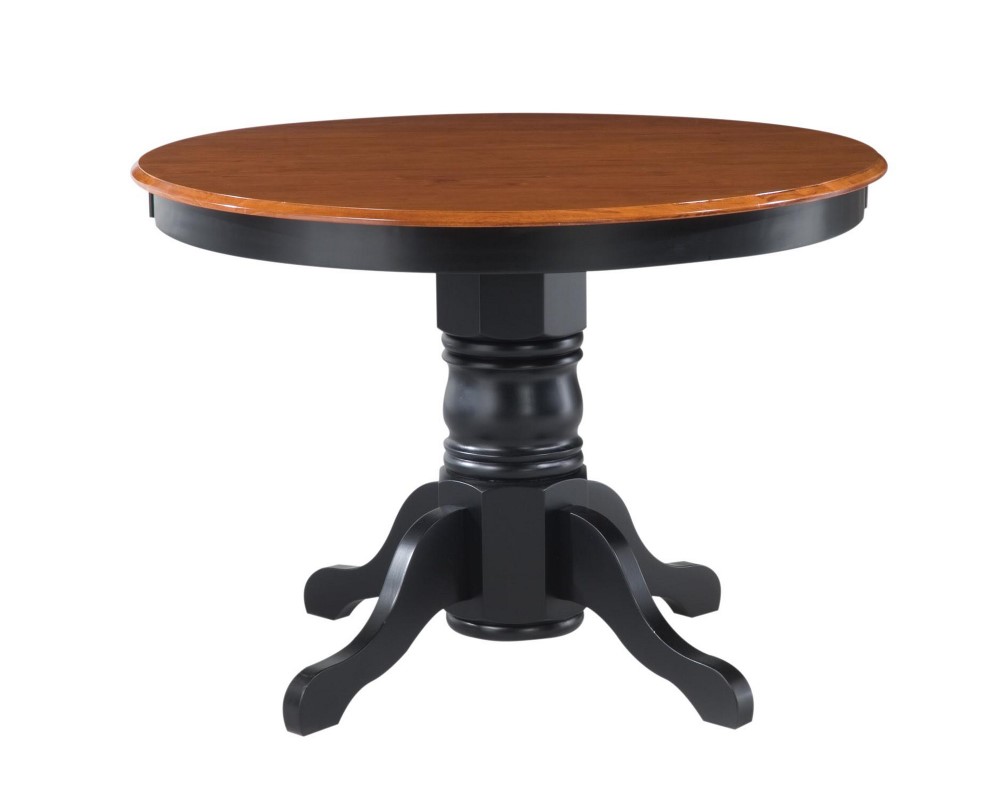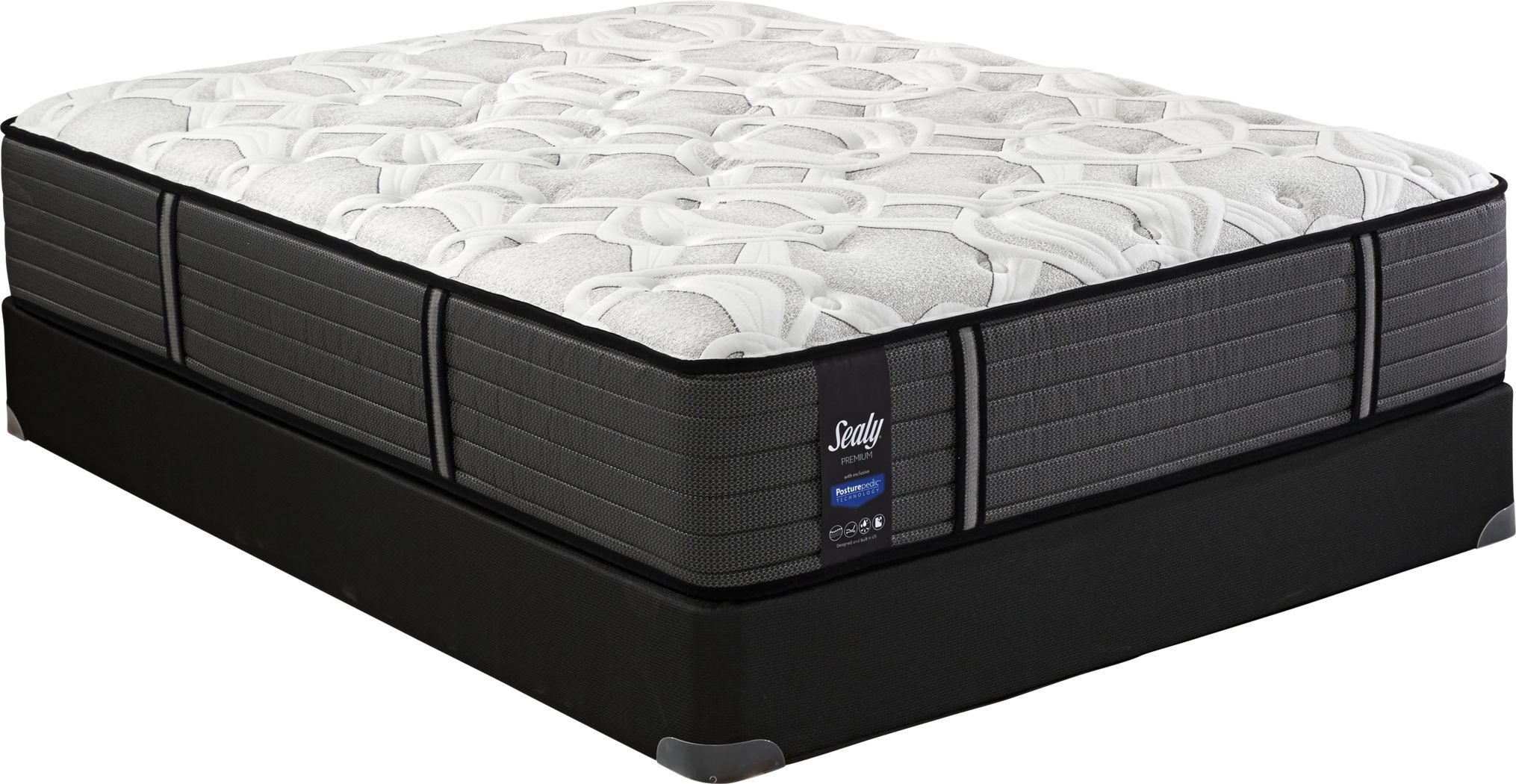When it comes to renovating a kitchen, one of the major decisions that homeowners face is whether to tile the entire kitchen wall or just a portion of it. Tiling the entire kitchen wall can create a cohesive and clean look, but it also comes with its own set of pros and cons to consider. Pros: Tiling the whole kitchen wall can provide a seamless and uniform appearance, making the space look more spacious and modern. It also offers more protection against water and grease splashes, which is especially important for those who love to cook. Additionally, tiling the whole wall can increase the value of your home and make it more attractive to potential buyers. Cons: One of the main downsides of tiling the whole kitchen wall is the cost. It requires more tiles and labor, which can significantly increase the overall renovation budget. It also takes more time and effort to install, as you have to carefully measure and cut the tiles to fit the entire wall. Moreover, if you choose to tile the entire wall in a bold or busy pattern, it can be overwhelming and make the space feel too busy.Pros and Cons of Tiling the Whole Kitchen Wall
Before making a decision, it's important to consider your personal preferences, budget, and the overall style of your kitchen. If you have a small kitchen, tiling the entire wall can make it feel more cramped, so it's best to opt for partial tiling or a backsplash instead. On the other hand, if you have a large and open kitchen, tiling the entire wall can add a sense of grandeur and elegance. If you're unsure, try creating a mock-up of your kitchen with different tiling options to see which one you prefer. You can also consult with a professional designer or contractor for their expert opinion.How to Decide Whether to Tile the Whole Kitchen Wall
While there are some drawbacks to tiling the whole kitchen wall, there are also many benefits that make it a worthwhile investment. 1. Easy to Clean: With a fully tiled kitchen wall, you won't have to worry about scrubbing and cleaning paint or wallpaper. Tiles are easy to wipe down and are resistant to stains, making them the perfect choice for a messy cooking space. 2. Durability: Tiles are incredibly durable and can withstand high levels of moisture and heat. This makes them a practical choice for a kitchen, where spills and splashes are inevitable. 3. Versatility: With a wide range of colors, patterns, and materials available, you can create a unique and personalized look for your kitchen. You can also mix and match different tiles to create a stunning feature wall or add texture and depth to the space.Benefits of Tiling the Entire Kitchen Wall
While tiling the entire kitchen wall has its benefits, it's important to also consider the potential downsides. 1. Expensive: As mentioned before, tiling the whole kitchen wall can be costly, especially if you choose high-quality or designer tiles. The cost of labor can also add up, as it takes more time and effort to tile a larger area. 2. Difficult to Change: Unlike paint or wallpaper, tiles are not easily changeable. If you get bored with the design or want to update your kitchen in the future, it can be a hassle and expensive to remove the tiles and replace them with something else. 3. Requires Maintenance: While tiles are easy to clean, they do require regular maintenance to keep them looking their best. Grout lines can collect dirt and grime, and tiles may crack or chip over time, requiring repairs or replacements.Disadvantages of Tiling the Whole Kitchen Wall
If you decide to tile the entire kitchen wall, here are some tips to ensure a successful and beautiful outcome. 1. Plan Your Layout: Before starting the tiling process, it's important to plan out the layout of your tiles. This will ensure that you don't end up with small or awkwardly cut tiles at the edges of the wall. Use a tile calculator to determine the number of tiles needed, and create a mock-up or sketch of the design. 2. Use Large Tiles: Large tiles can make a big impact and can also make the space look larger. They also require less grout, which can be a hassle to clean and maintain. 3. Choose a Neutral Color Palette: If you're worried about a fully tiled wall looking too busy, opt for a neutral color palette. This will create a clean and timeless look that won't overwhelm the space.Tips for Tiling a Large Kitchen Wall
As mentioned before, tiling the whole kitchen wall can be more expensive than just tiling a backsplash or partial wall. The cost will depend on the type of tiles, labor costs, and the size of your kitchen. A general estimate is anywhere from $1,000 to $5,000 for a full kitchen wall, while a partial tiling project can range from $500 to $2,000. If budget is a concern, consider opting for partial tiling or a backsplash and adding other design elements, such as a bold paint color or statement lighting, to create visual interest and depth in the space.Cost Comparison: Tiling the Whole Kitchen Wall vs. Partial Tiling
When it comes to tiling the whole kitchen wall, the design possibilities are endless. Here are some ideas to get you inspired: 1. Subway Tiles: Classic and timeless, subway tiles are a popular choice for a fully tiled kitchen wall. They come in a variety of colors and can be arranged in different patterns, such as herringbone or stacked, to add interest. 2. Mosaic Tiles: For a more intricate and unique look, consider using mosaic tiles for a fully tiled kitchen wall. They can add texture and dimension to the space and come in a variety of materials, such as glass, marble, or porcelain. 3. Statement Wall: Instead of tiling the entire kitchen wall, create a statement wall by using a bold or patterned tile on one section. This will add visual interest and create a focal point in the room.Design Ideas for Tiling the Entire Kitchen Wall
When choosing tiles for a fully tiled kitchen wall, consider the overall style and color scheme of your kitchen. You want the tiles to complement the rest of the space and not clash with other design elements. 1. Consider the Material: Tiles come in a variety of materials, such as ceramic, porcelain, glass, and natural stone. Each material has its own pros and cons, so do your research and choose one that suits your needs and budget. 2. Think About Durability: As the kitchen is a high-traffic and high-moisture area, it's important to choose durable tiles that can withstand wear and tear. Consider opting for porcelain or natural stone tiles for a long-lasting option. 3. Match the Style: If you have a modern kitchen, opt for sleek and minimalist tiles, such as subway or large-format tiles. For a more traditional or rustic kitchen, consider using mosaic or patterned tiles for a classic touch.How to Choose the Right Tiles for a Full Kitchen Wall
While tiling a backsplash or partial wall can be a DIY project, tiling the entire kitchen wall is best left to the professionals. Not only is it a more time-consuming and labor-intensive task, but it also requires precision and skill to ensure a seamless and professional-looking finish. If you do decide to tackle it yourself, make sure to do thorough research and have all the necessary tools and materials before starting the project. It's also a good idea to practice on a small section before committing to tiling the whole wall.DIY vs. Hiring a Professional: Tiling the Whole Kitchen Wall
To keep your fully tiled kitchen wall looking its best, it's important to properly maintain and clean it. 1. Clean Spills Immediately: As with any tiled surface, it's important to clean up spills and messes as soon as possible to prevent staining or damage to the grout. 2. Use the Right Cleaning Products: Avoid using harsh chemicals or abrasive cleaners, as they can damage the tiles and grout. Instead, opt for a mild cleaner or make your own using equal parts water and vinegar. 3. Regularly Seal the Grout: Grout is porous and can absorb dirt and stains, so it's important to regularly seal it to keep it looking clean and fresh. Consult with a professional for the best sealing schedule for your specific tiles.Maintenance and Cleaning for a Fully Tiled Kitchen Wall
Why Tiling the Whole Kitchen Wall Can Be a Good Design Choice
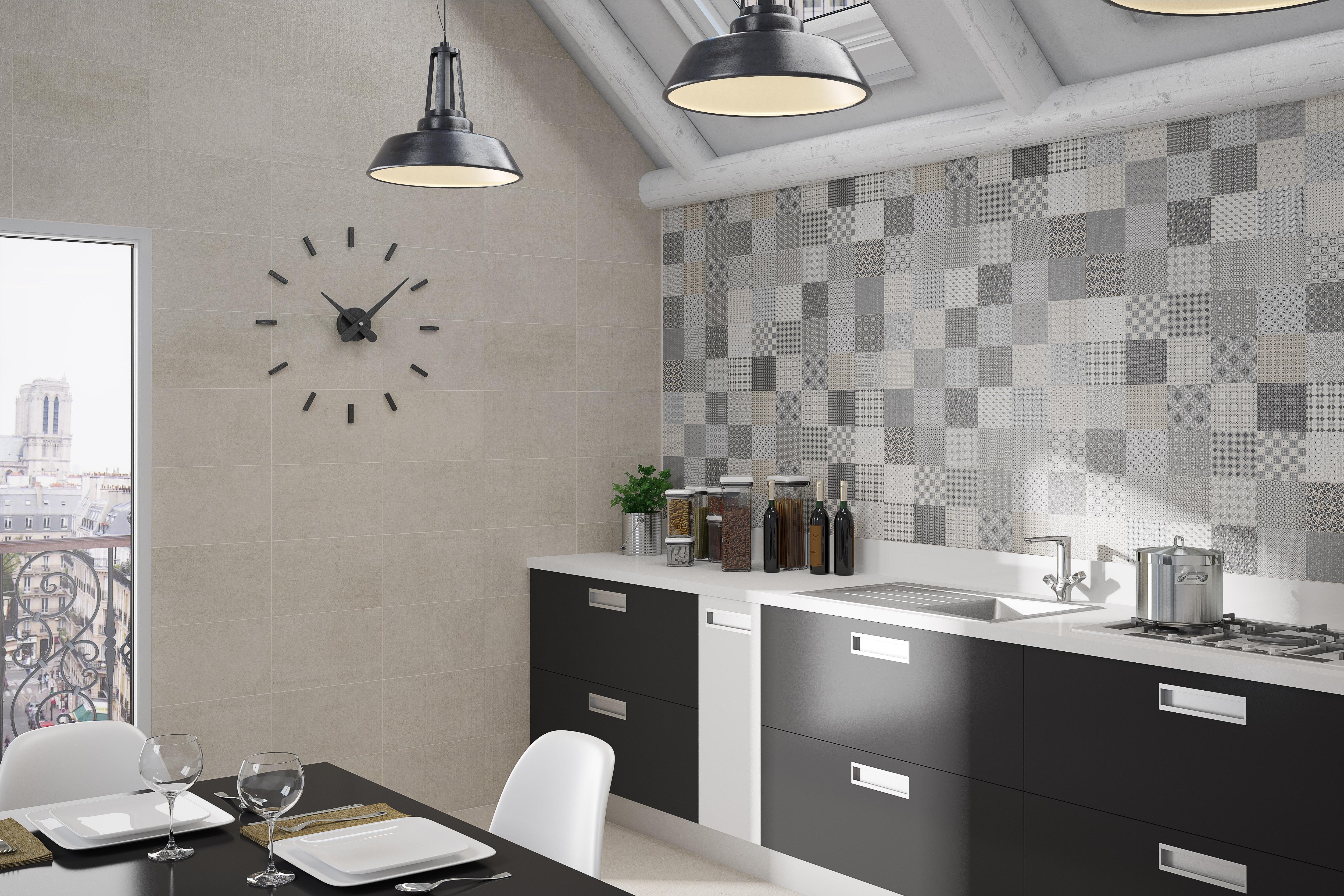
Enhances Visual Appeal and Aesthetics
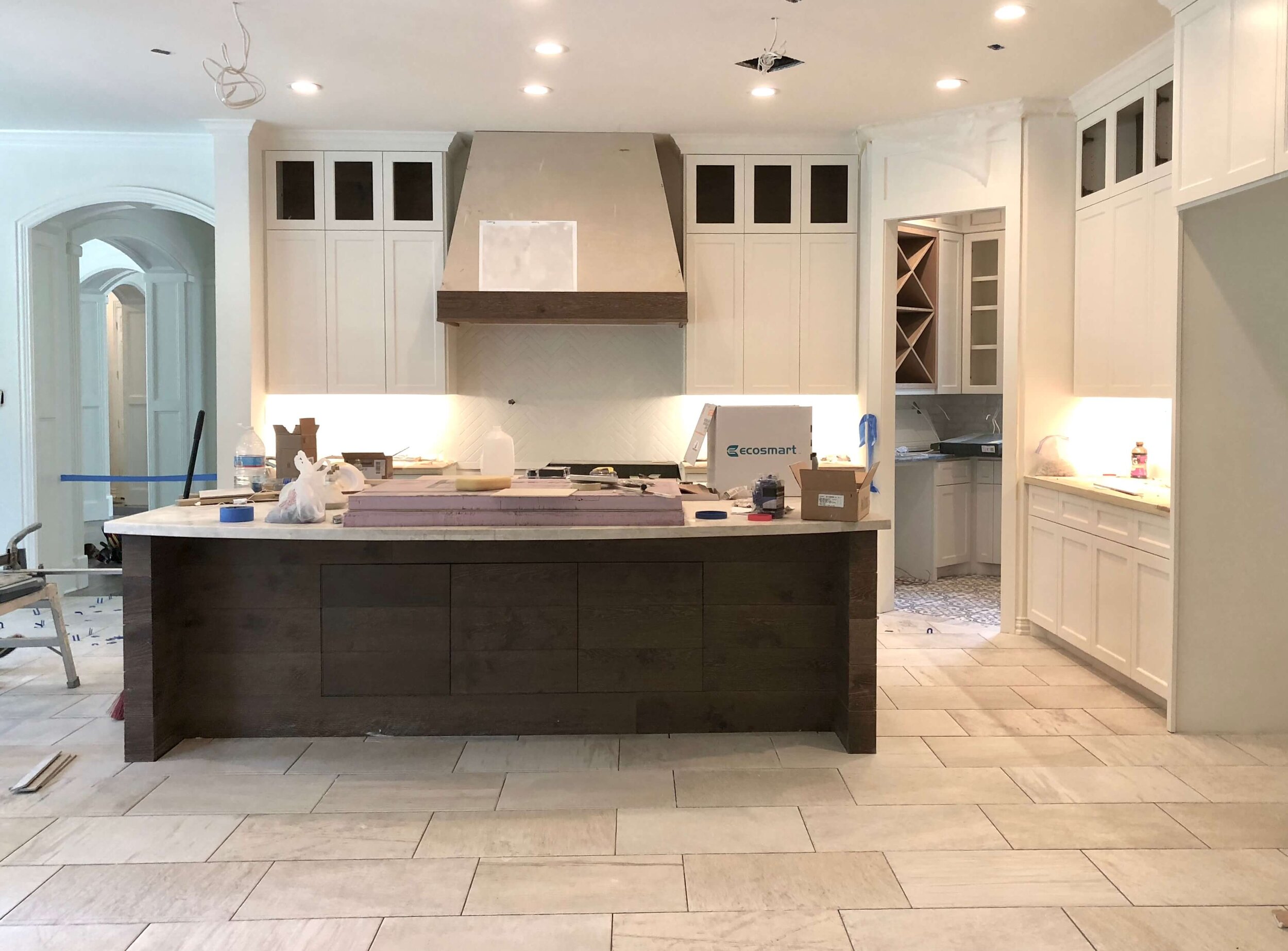
Tiling the whole kitchen wall can instantly elevate the look and feel of your kitchen. It adds a touch of sophistication and elegance to the space, making it more visually appealing. The clean lines and smooth surface of tiles create a modern and sleek look that can make your kitchen stand out. Additionally, tiling the entire wall can create a sense of continuity and cohesion, especially if you have an open floor plan where the kitchen is connected to the living or dining area.
Easy to Clean and Maintain

One of the main reasons why many homeowners opt to tile the entire kitchen wall is because it is much easier to clean and maintain compared to other wall materials. Tiles are non-porous, which means they are resistant to stains and water damage. This makes them the perfect choice for the kitchen, where spills and splatters are common. With a simple wipe down, your walls will look as good as new, without the need for frequent repainting or touch-ups.
Adds Value to Your Home
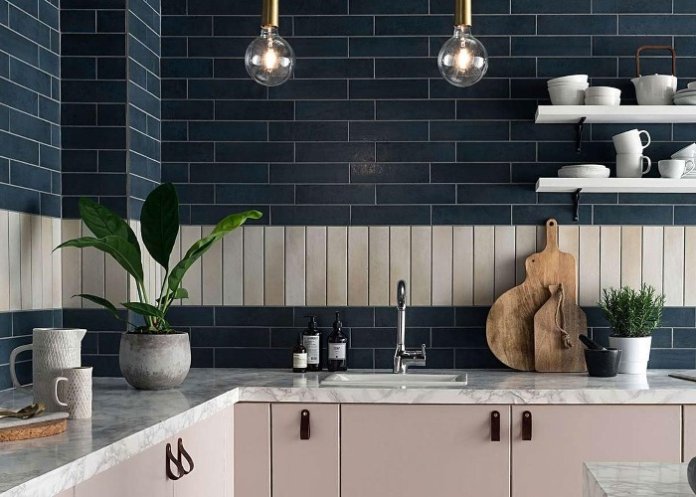
Tiling the entire kitchen wall is not only a design choice but also a smart investment. Tiles are known for their durability and longevity, making them a popular choice among homebuyers. By tiling the whole wall , you are not only enhancing the look of your kitchen, but also adding value to your home. This can be especially beneficial if you plan on selling your house in the future, as it can increase its resale value.
Cost-Effective Solution
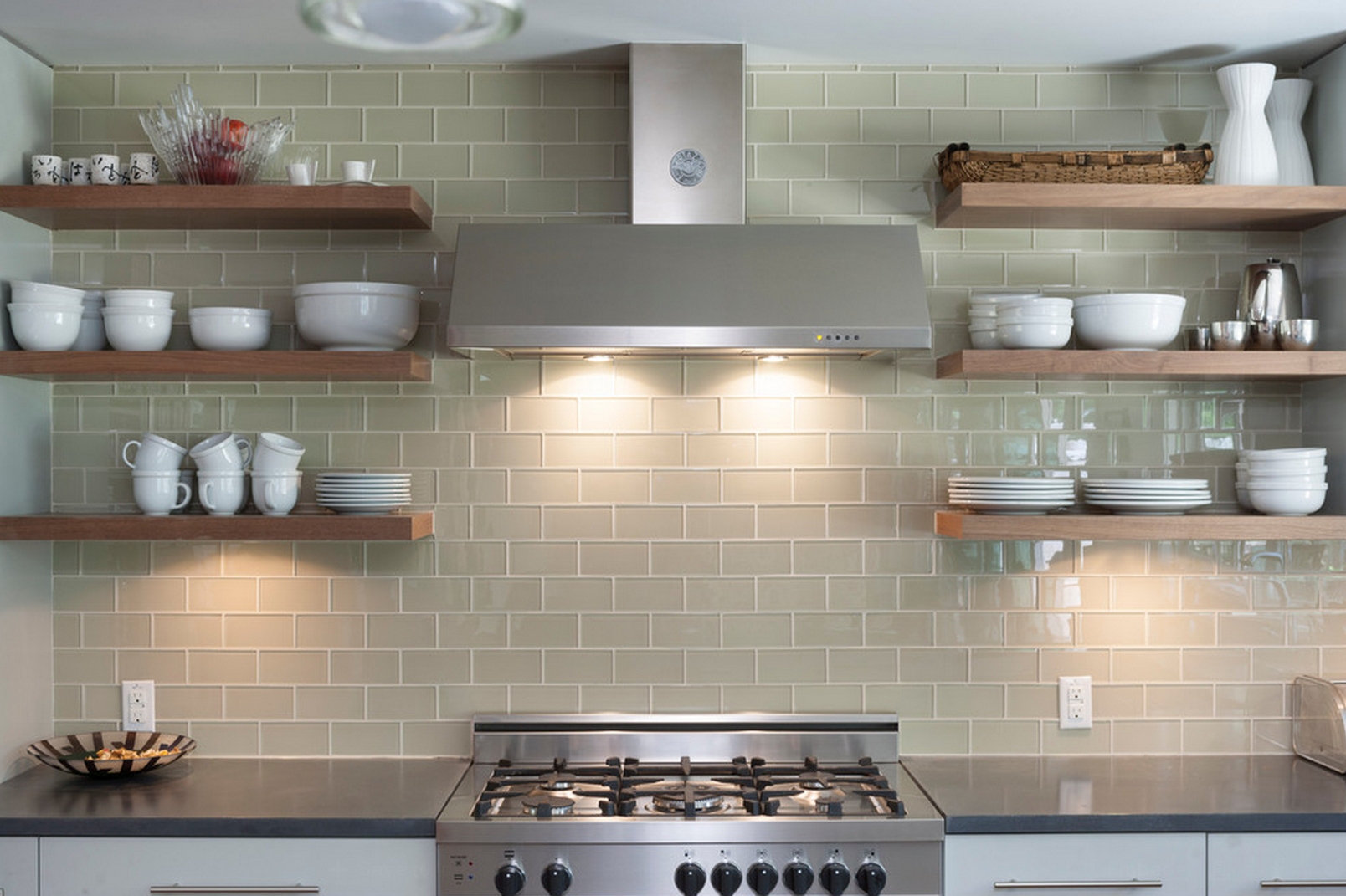
While it may seem like tiling the entire kitchen wall can be an expensive endeavor, it can actually be a cost-effective solution in the long run. As mentioned earlier, tiles are durable and long-lasting, which means you won't have to replace or repair them frequently. This can save you money on maintenance and repair costs in the long term. Additionally, tiles come in a variety of styles and price points, so you can find a tile that fits your budget and still achieve a beautiful and cohesive look in your kitchen.
In Conclusion

Tiling the whole kitchen wall can be a great design choice for your home. It adds visual appeal and makes your kitchen easier to clean and maintain. It also adds value to your home and can be a cost-effective solution in the long run. So, if you are considering a kitchen remodel or renovation, tiling the entire wall is definitely worth considering.
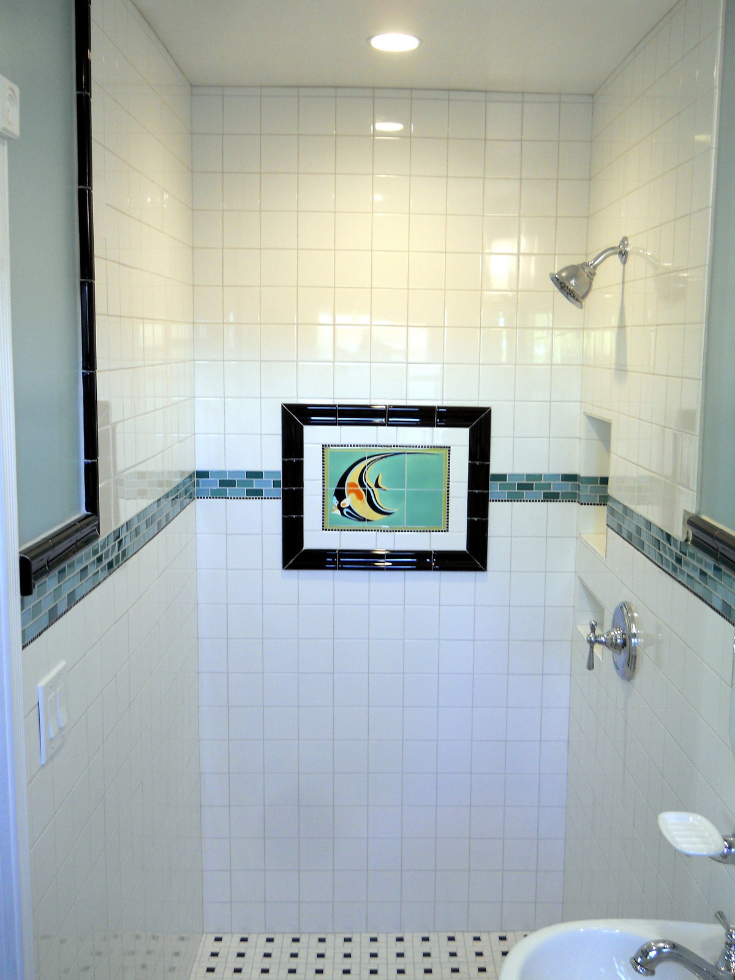
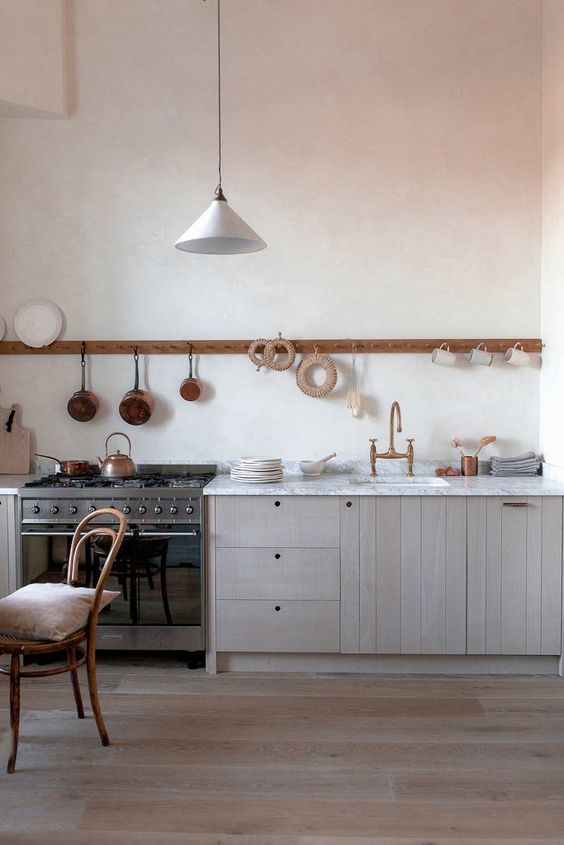


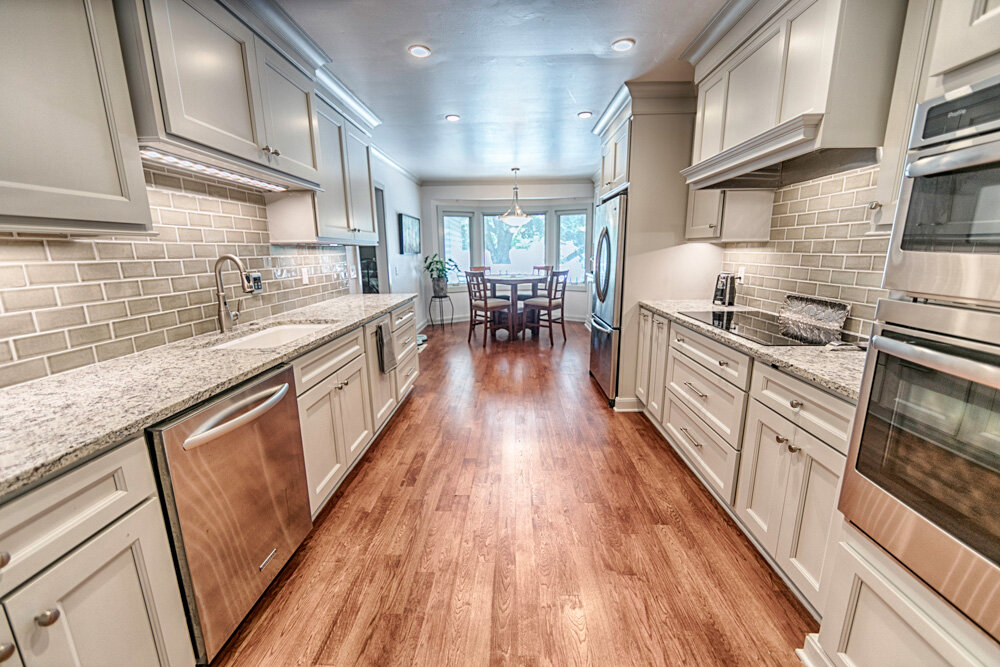
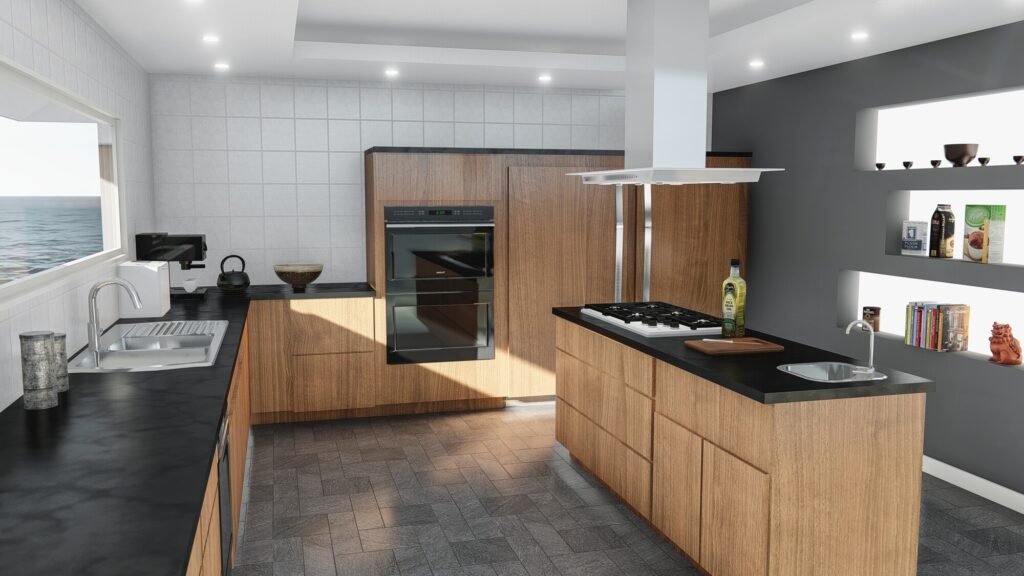














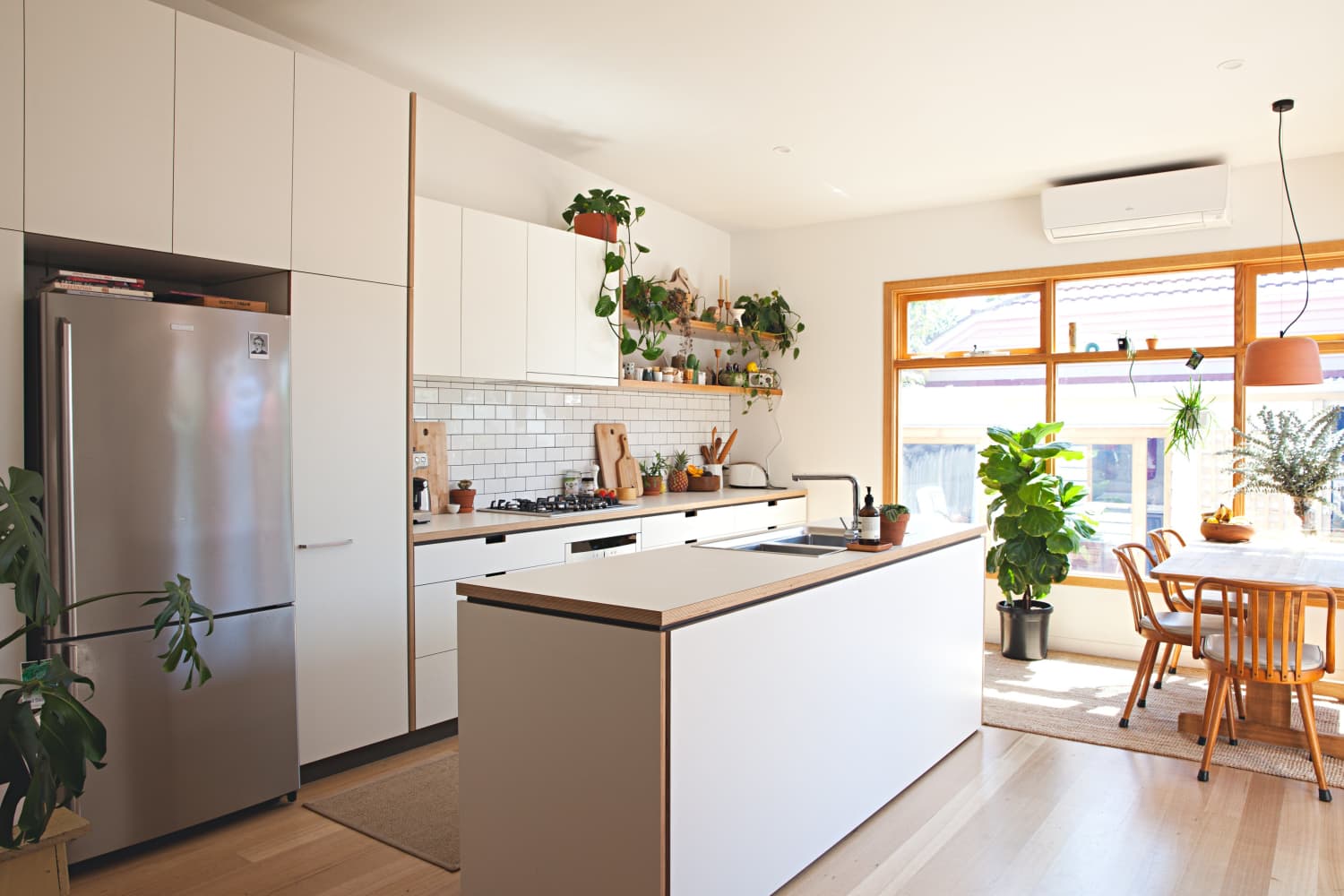
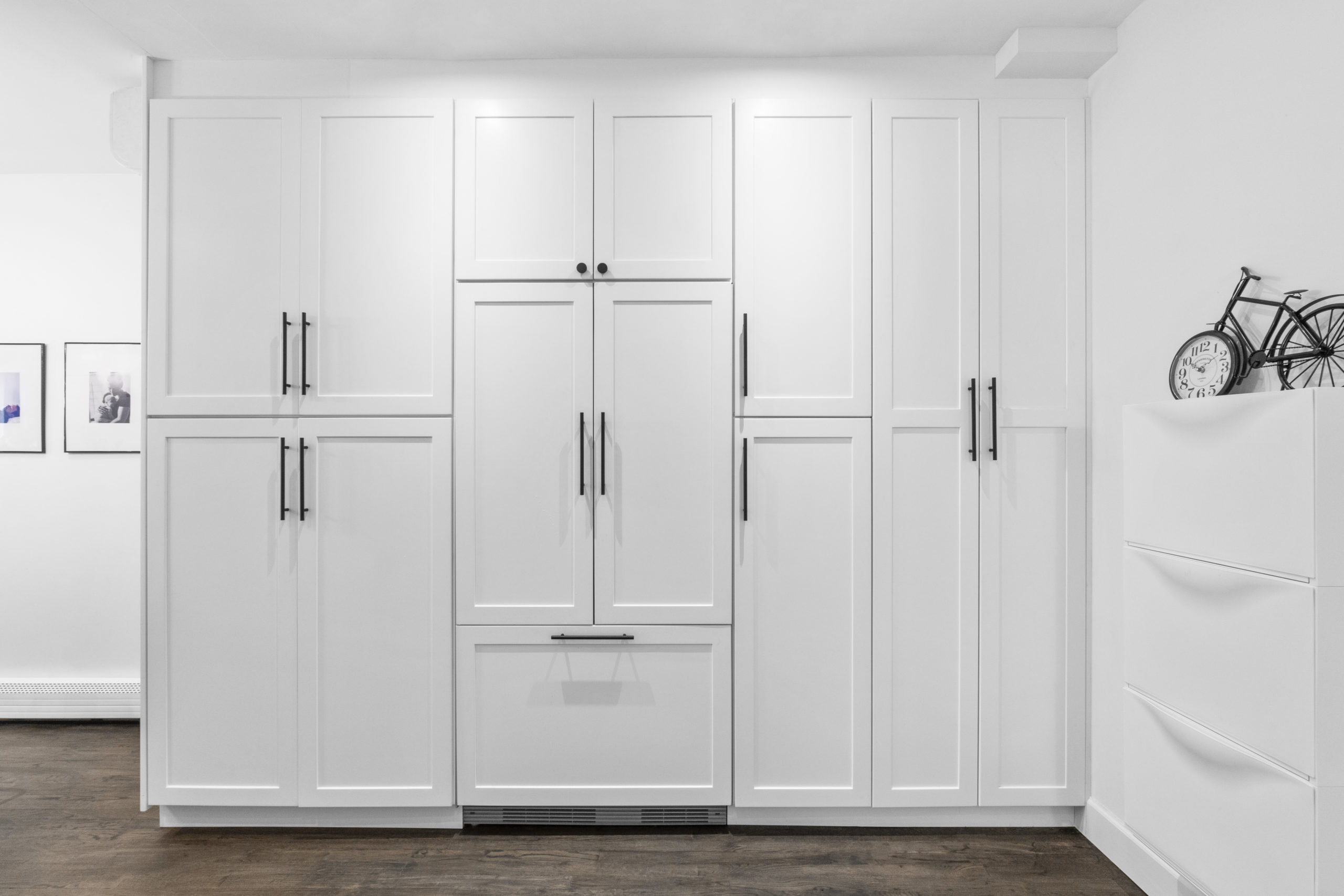






/Installing-Ceramic-Floor-Tile-86464768-56a4a0555f9b58b7d0d7e391.jpg)










